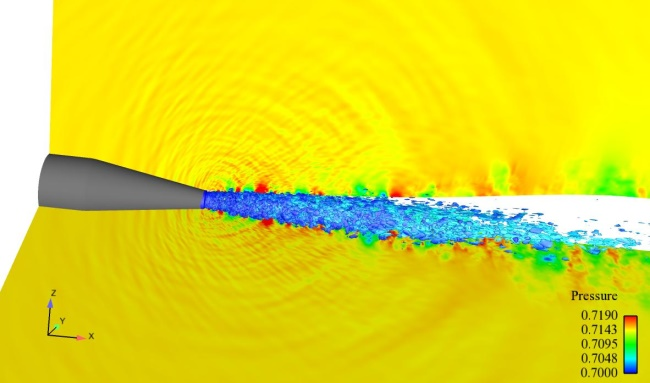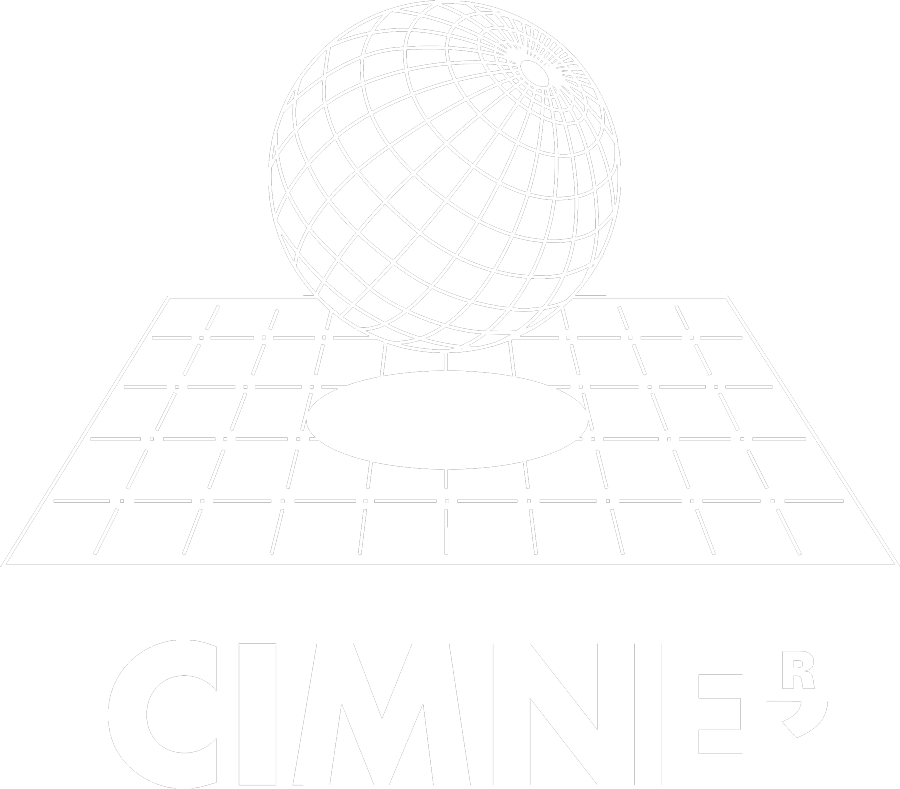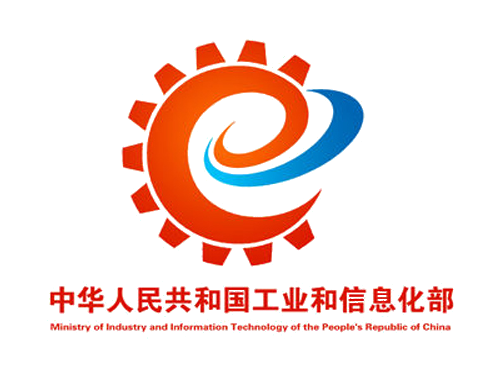IMAGE project aims to reduce the noise produced by aircraft during take-off and landing operations. IMAGE project is focused on reducing the airframe noise by tackling both the landing gear and high-lift devices, as well as engine noise. The use of active and passive control devices, which interact with the flow reducing the noise, defines the key strategy. The most promising control devices under analysis are plasma actuation, turbulence screens (meshes) and innovative porous materials (acoustic liners).
In order to unveil and model the physical mechanisms permitting the control of airframe and fan noise, detailed knowledge will be obtained in IMAGE by studying simplified but representative configurations. These noise-control technologies will be addressed in the framework of three basic flow configurations: tandem cylinders, simplified wing mock-up and engine-fan duct, as the representative in respective association to landing-gear noise, high-lift noise and engine noise. Installation effects will be assessed for a fourth basic flow configuration: simplified engine-jet/wing configuration. A fundamental study in the framework of these basic flow configurations provides a consolidate basis for: (1) understanding the noise generation mechanism since each of these basic flow configurations represents the main HL or LG flow features associated inherently to the most potent aerodynamic noise generation, and consequently, (2) understanding comprehensively of the control mechanism and supporting further improvement of these control strategies aiming at suppressing potent contributors to aircraft noise. These flows are generic with no ambiguity of the flow physics in experimental measurements and numerical analysis for robust tackling of various noise control methods. The investigation will be conducted using advanced experimental technologies and numerical methods.
These methodologies will undergo further development and improvement to drive the best achievements from the project work. The noise-reduction strategies will be improved by means of aeroacoustics optimization. An overall evaluation and assessment of the investigated control strategies will also be undertaken led by industrial partners. It is anticipated that the success of the IMAGE project will enhance the TRL of noise-reduction technologies developed and will facilitate their potential industrial use. For the methodologies that are used in the aerodynamic and aeroacoustics analysis, including beam-forming, in-duct mode analysis and broadband noise source identification, as well as advanced CFD and CAA methods, they will also have undergone necessary development for robust analysis of airframe and engine noise generation, propagation and control. With the capabilities developed through the IMAGE project, the involved physical mechanisms will be better understood and the capacity to simulate these mechanism using CFD/CAA techniques will allow optimizing the noise-reduction technology, with much better perspectives towards implementation in real-life aircraft. It is expected that IMAGE will lead to the formulation of some technology concepts at TRL 2 of improved noise-reduction technologies (plasma actuation, turbulence screens and acoustic liners). By means of verification in experimental measurements and in numerical analysis, the “proof of concept” will be explored so as to enhance the TRL to TRL 3. Selected technologies will be further optimized and adapted to low-noise concepts, and being validated in a relatively realistic environment by means of laboratory experiments, for example, from tandem cylinder to landing gear, from wing mock-up to three-element HLD. This may support to bring the technologies towards TRL 4.
IMAGE aims to reinforce the collaboration with China in the field to be addressed, which exploits the achievements of a set of subsequent Coordination and Support Action (CSA) projects AEROCHINA, AEROCHINA2, GRAIN and GRAIN2 (ongoing), fostering cooperation between industries, academia and research organizations in the aeronautical sectors of Europe and China. AEROCHINA and AEROCHINA2 have led to the birth of two EU-China collaborative research projects in FP7, MARS and COLTS, focusing respectively on drag reduction and Titanium alloy casting. In addition, using the platform of the CSA network projects, European and Chinese research organizations, universities and industries have also made effort to formulate two proposals in FP7, NEXTEP and NORTH2050, addressing aircraft noise-control technologies. Both proposals were highly scored in the evaluation, not funded though. The IMAGE project not only takes the criticism of these previous proposals into account, but also targets the latest aeroacoustics topics of mutual interest. It is worth noting that a number of partners who collaborated in the MARS project are now also in the IMAGE consortium, which will certainly represent a great benefit in terms of communication and interaction.



Examples on the progress of the work: (left) NPU fan test set up and rotating flushed micophone array (center) ONERA turbulent screen section simulation results (right) BUAA instantaneous pressure field of the isolated jet with Mach = 0.9


